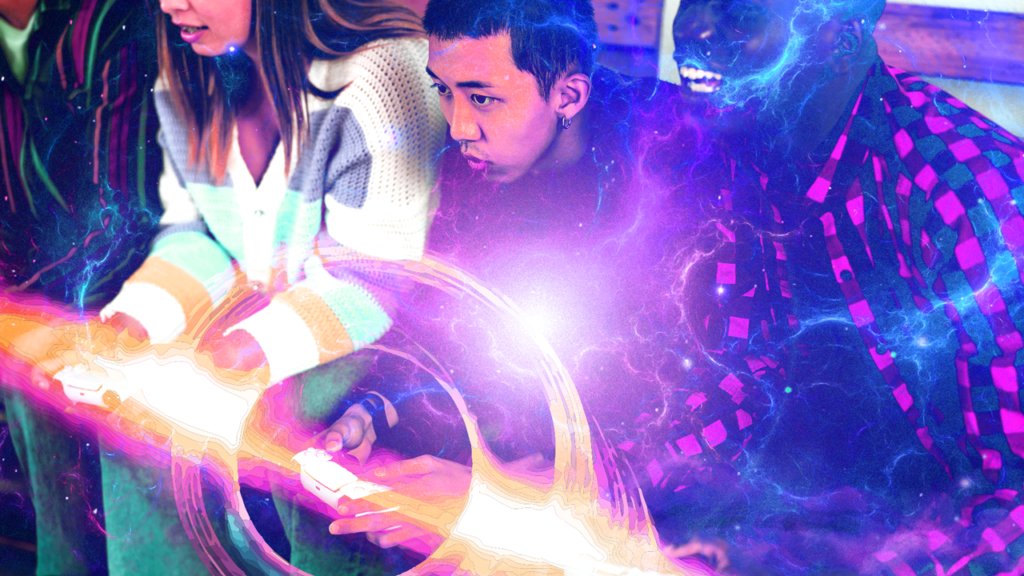Gaming platforms are forcing an evolution across the social media landscape—and that’s good for brands.
How Gaming Platforms Are Raising The Bar For Social Media
Gaming is no longer just a pastime for kids, it’s a new form of social interactivity and a platform for content that is always evolving. But just how popular is gaming? According to a recent report, global consumers spend over 1 trillion hours playing games and an additional 25 billion hours watching gaming streams each year, meaning gaming hours outpace all of the time consumers spend on social media and/or watching television.
Gaming platforms are notorious for their side chatter—some of it controversial, some plain silly—but the noise masks a tidal shift in how consumers communicate about experiences with digital content. Consumers immersed in a world of engaging content are passionate and vocal about their experiences and are often eager to share what works and what doesn’t.
Consumers who discuss the games they’re playing in depth are a blessing for game producers. When games are great, every passionate player becomes a brand ambassador, inviting friends to play along and discuss live on platforms like Twitch while encouraging others to become superfans. In that sense, games are amplified social media—focusing a players’ attention and providing them, on platforms like Twitch, with a preloaded community that is ready to engage around experiences.
How Social Platforms And Brands Are Engaging Consumers With Gaming Content
“We have 2.5 million engaged viewers tuning into live content every single day. And so, at its core, it’s about interaction,” said Victor Lu, brand partnership studio lead, Americas at Twitch, while speaking at the recent IAB Audience Connect conference. “If you’re ever on Twitch, you’re not just watching the stream, you’re part of the experience—you’re chatting with people, you’re talking to the streamer, they’re talking back to you.”
That global shift toward deeper connections with others and with the content we love has also changed marketing. Demographic groups used to the immersive, engaging nature of games—like Gen Z—have high expectations for social media, marketing and retail experiences. For example, a recent survey by Snapchat revealed that 92 percent of Gen Z users want access to augmented reality tools while shopping, and over half pay more attention to ads with AR components. That means in-game advertising and platforms like Twitch offer significant opportunities for brand marketers to reach new, highly engaged audiences.
“So, 77 percent of Twitch viewers agree that the community that they build from gaming is just as important as the game itself,” Lu said. “And 65 percent actually would buy the game for the community that it surrounds versus just playing the game itself. And so it’s really about being together. And so what does this mean? Like, this is an audience, like, it’s all about community, it’s all about togetherness.”
But games are also doing something to the way consumers think about social media. Gaming content makes digital experiences center on interactions, so viewers’ attention is focused on the screen without interruption. That means gaming-focused social platforms have an audience that is already used to prolonged, intense connections with on-screen content, and their social media networks are already motivated to connect around gaming and the experiences they encounter on those platforms.
Brands Are Turning To Collaboration To Create Unique Ad Experiences
Brands are taking advantage of social gaming platforms in innovative ways. Rather than using traditional tools to reach these audiences, brands like Kellogg’s, which created an animated Tony the Tiger avatar in collaboration with Twitch, are reimagining native advertising as a social gaming experience.
“It’s the first time a brand [has] come to work with Twitch to transform a brand mascot into a VTuber.” Lu said. “It is really just quite amazing to see [Kellogg’s Tony the Tiger] live, talking to people, talking to streamers. It’s kind of incredible.”
Twitch is also collaborating with Adobe to develop not just a new type of advertising, but a new way to bring audiences deeper, immersive experiences with their content.
“So, to break that down, it’s a triple-A game that allows the fans to create an asset that would go into the game that they could then play for free as a result of the stream,” Lu said. “So it’s something that could really only happen on Twitch. And what was really fascinating was that we got 21,000 chat interactions out of it for the initial stream, and it showcases, really, how engaged the audience was.”
The Takeaway
Social gaming platforms like Twitch show how impactful games have been in the evolution of social media. Consumers want more visual, immersive and interactive elements in their ads, retail experiences, and social media. Brand marketers seeking to connect with this audience in the arena where they are the most engaged and attentive should look at gaming platforms as their first choice when developing creative campaigns.

